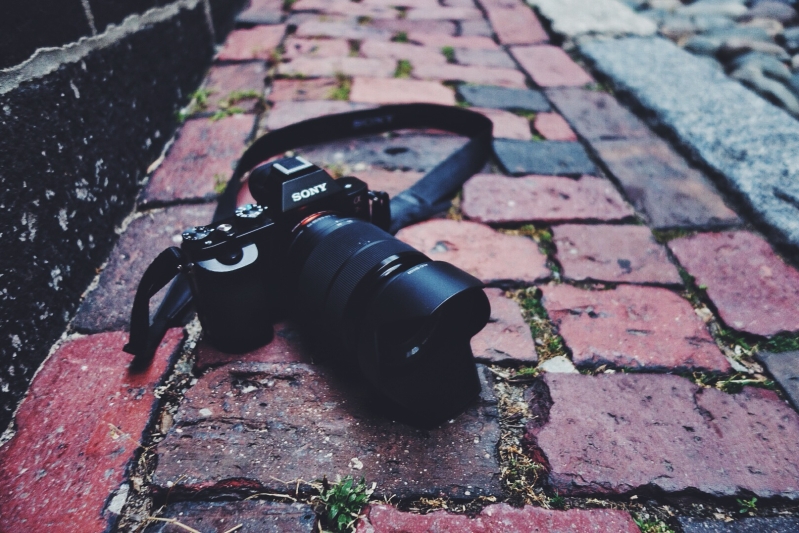
Japanese electronics giant Sony is best known for its products and its imaging sensors, which have been used in the iPhone 6, Samsung Galaxy S6, Nikon DSLRs, and Olympus mirrorless cameras. Now Sony has taken those imaging sensors and placed them in its latest flagship product, the A7R II.
According to Tim Moynihan of Wired, Sony claimed that the new Alpha A7R II would allow users to achieve "higher resolution without compromise or tradeoff." Previously, camera users had to choose between resolution and low-light performance.
"Photographers are no longer forced to choose between resolution and sensitivity," Mark Weir, senior manager of technology at Sony Electronics, said.
Moynihan pointed out that the A7R II had a "42.4-megapixel CMOS sensor with backside illumination-the first full-frame sensor of its kind." He explained the significance of this development in camera technology.
"Normally, all those megapixels would generate a pock-marked mess at high ISO levels," Moynihan wrote. "With this camera, you're able to jack the ISO up to an insane 102,400-which you may want to do if you use its top shutter speed of 1/8000 of a second-and Sony claims the images still look sharp at the upper reaches of that range."
Moynihan predicted that Sony's new camera would be a favorite among filmmakers thanks to its various features.
"Manual exposure controls are enabled in video mode, where the camera captures 4K video using a full-pixel readout from the large sensor," Moynihan wrote. "Sony says this is another first, and the sample videos the company showed at the launch event were jaw-dropping. This is essentially a professional 4K video camera shrunken down into a DSLR-sized body."
According to Moynihan, Sony placed 399 phase-detection points and 25 contrast-detection sites in the AF system of the camera.
"That robust system makes it possible to reach a continuous shooting speed of 5 fps with autofocus enabled," Moynihan wrote. "There's also an EVF with what Sony claims is the best magnification in the full-frame class (0.78X) and a new body-based stabilization system that corrects movements on five axes."
Moynihan highlighted that the body of the A7R II would cost $3,200 when it comes out in August. However, he predicted that the technology within the camera would eventually show up in other products.
"That sweep panorama mode in your phone, the way it shoots several shots and stacks them to improve images in low light, and backside-illuminated sensors themselves were all Sony inventions," Moynihan wrote.
According to Rod Lawton of TechRadar, the A7RII was designed for professional photographers and movie makers. The camera is mirrorless, making the viewfinder on top "electronic rather than optical."
"Sony says its new AF system also offers the widest autofocus coverage for any full-frame camera," Lawton wrote. "It has an 'advanced' motion detection algorithm which helps the camera shoot at 5 frames per second with autofocus tracking. It also works with Sony A-mount lenses via Sony's LA-EA3 or LA-EA1 adaptors."
Lawton added that the A7R II "can save its 4K footage internally to a memory card." It also supports both Super 35 mm and full frame format and can record 4K at 100 Mbps and full HD at 50 Mbps.
"The A7R II's high speed data transfer rates mean it can also shoot slow-motion footage at high frame rates," Lawton wrote. "You can shoot 720p standard HD footage at 120fps for a 4x slow motion effect in playback."
According to Lawton, the A7R II will also have the 5-axis stabilization system that is "specially tuned for the higher resolution sensor."
"It moves the sensor to compensate for any camera movement during the exposure, or while filming, and it means you don't need image-stabilized lenses - although it will work fine with stabilized Sony lenses," Lawton wrote.
Lawton thought that the A7R II was "right up with the best professional DSLRs."
"Sony says it has also reduced shutter vibration by 50 percent compared to the A7R, and the shutter now has a life expectancy of 500,000 shots," Lawton wrote.







